Research
There are six main components to my research program:
- Separating the effects of landscape fragmentation from habitat loss
- Demographic consequences of changes in forest landscape composition
- Species distribution models
- Climate change vs. land-use change
- Consequences of species distributions for ecosystem function
- Social information use in habitat selection
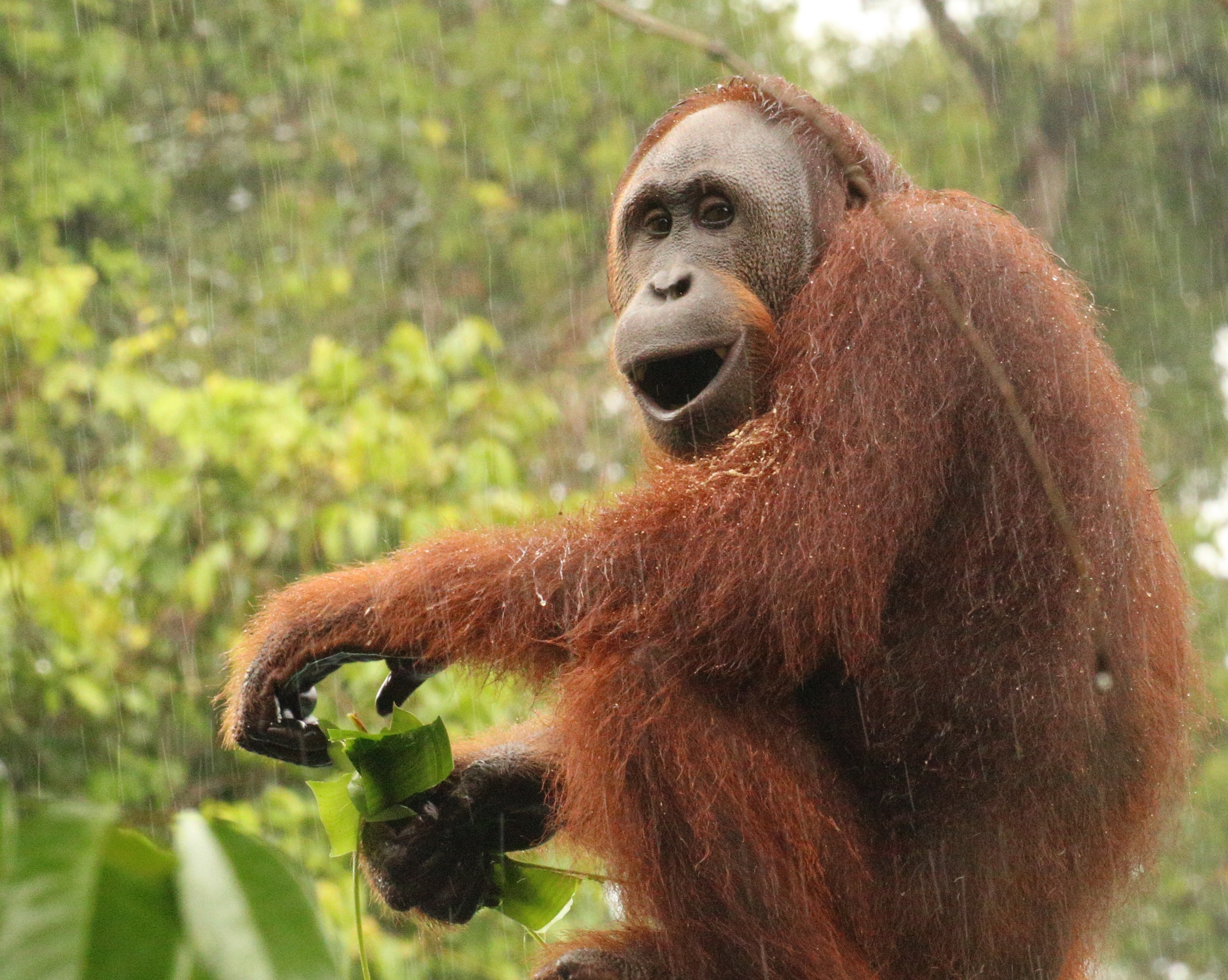
Separating the effects of landscape fragmentation from habitat loss
Habitat loss and fragmentation are the two primary causes of species decline and loss worldwide, but because they are usually confounded in nature, little is known about the relative importance of these two factors. Metapopulation theory posits that landscape fragmentation (patch size, orientation, connectivity) are critical factors in population viability, however simulation models and empirical data in landscape ecology seem to provide little support for this. My students and I use a combination of mensurative and manipulative experiments as well as statistical modeling to address these central questions. Much of our work involves determining how animal behavior (e.g., habitat selection, dispersal) can 'scale up' to have landscape and population-level consequences.
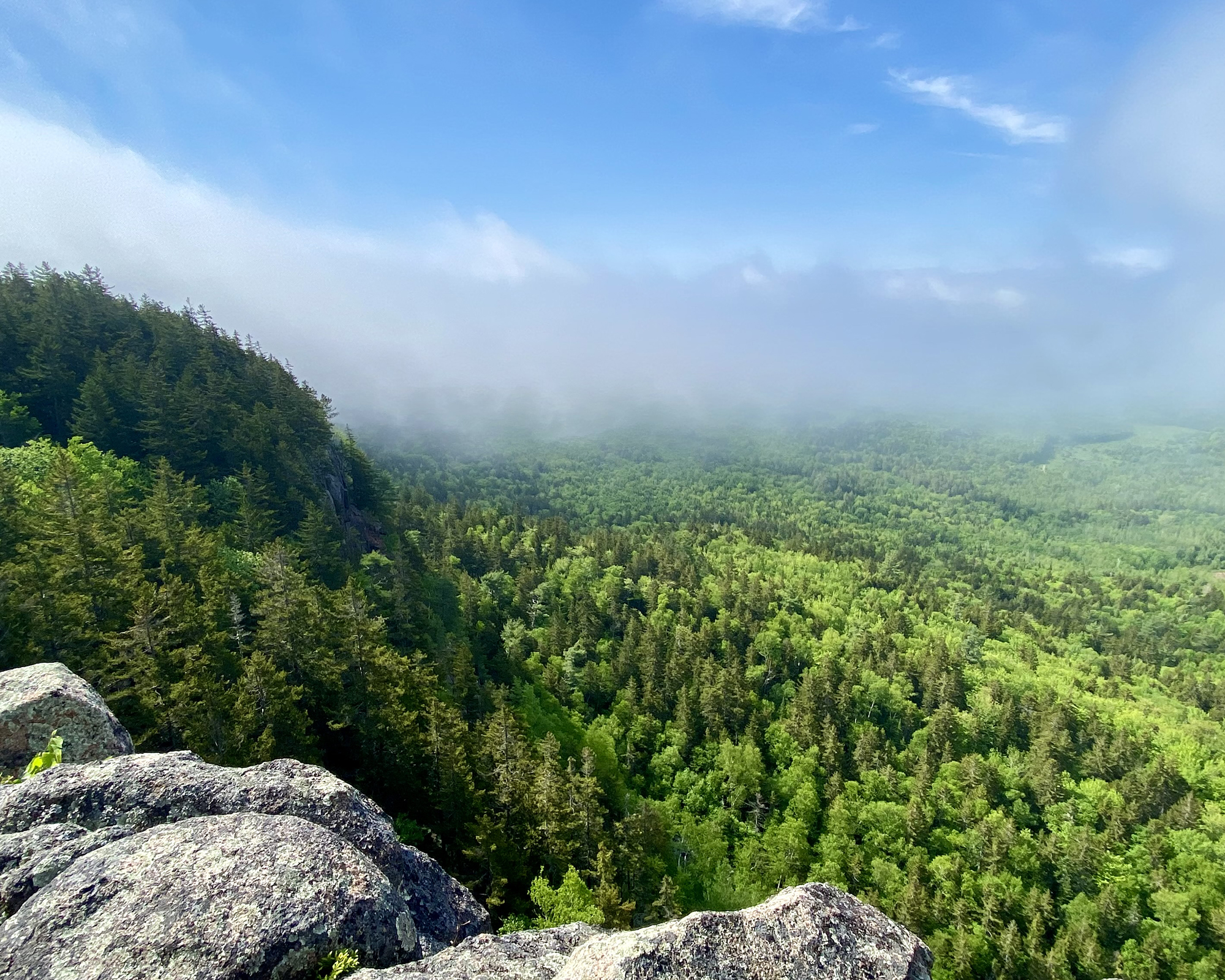
Demographic consequences of changes in forest landscape composition
Species distributions are not always most strongly influenced by processes occurring at broad scales. Indeed, in many instances site-scale factors have been shown to be the most important. Obviously, if these local factors are prevalent, they scale up to have landscape-scale implications for animal populations. Thus, it is critical to design site-scale studies to test the influences of human disturbances on occurrence and demography of species. Results from such work will be of use to forest managers in making treatment decisions. My work in this field is focused primarily in Oregon and New Brunswick, Canada. However by testing for life-history correlates of species sensitivity to these practices (selection cutting, intensive forest management) my work may be instructive globally.
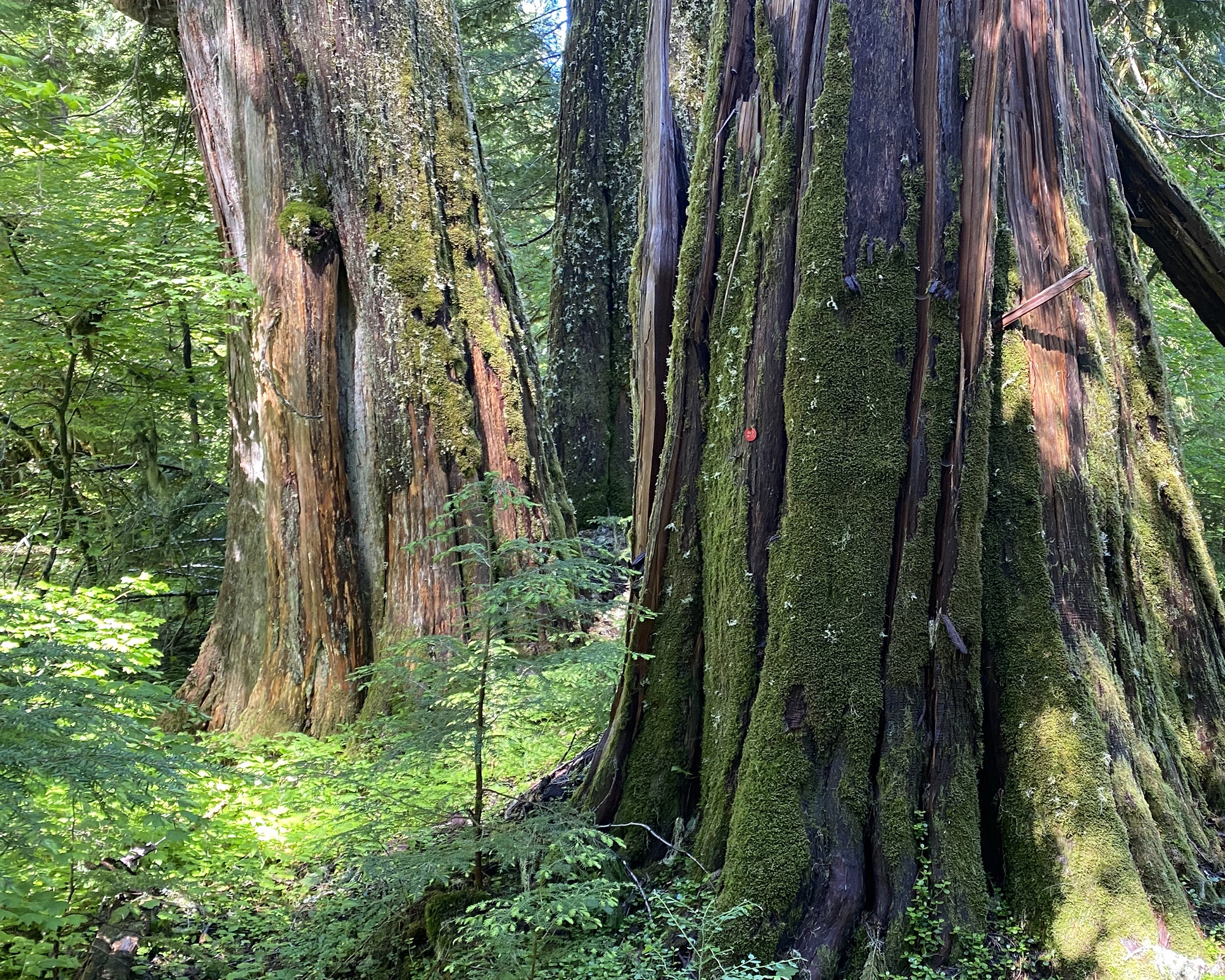
Species distribution models
To properly measure landscape structure is it important to see landscapes from a 'species-eye' view. No species perceives the landscape identically to another species. We use novel statistical techniques and remotely sensed and climate data to develop models of animal distributions at multiple spatial scales. These models also may be useful for understanding the responses of species to climate change. As a part of this work, I am also experimenting with efficient ways of collecting acoustic biological data (primarily bird song) at H.J. Andrews and Hubbard Brook Experimental Forest.
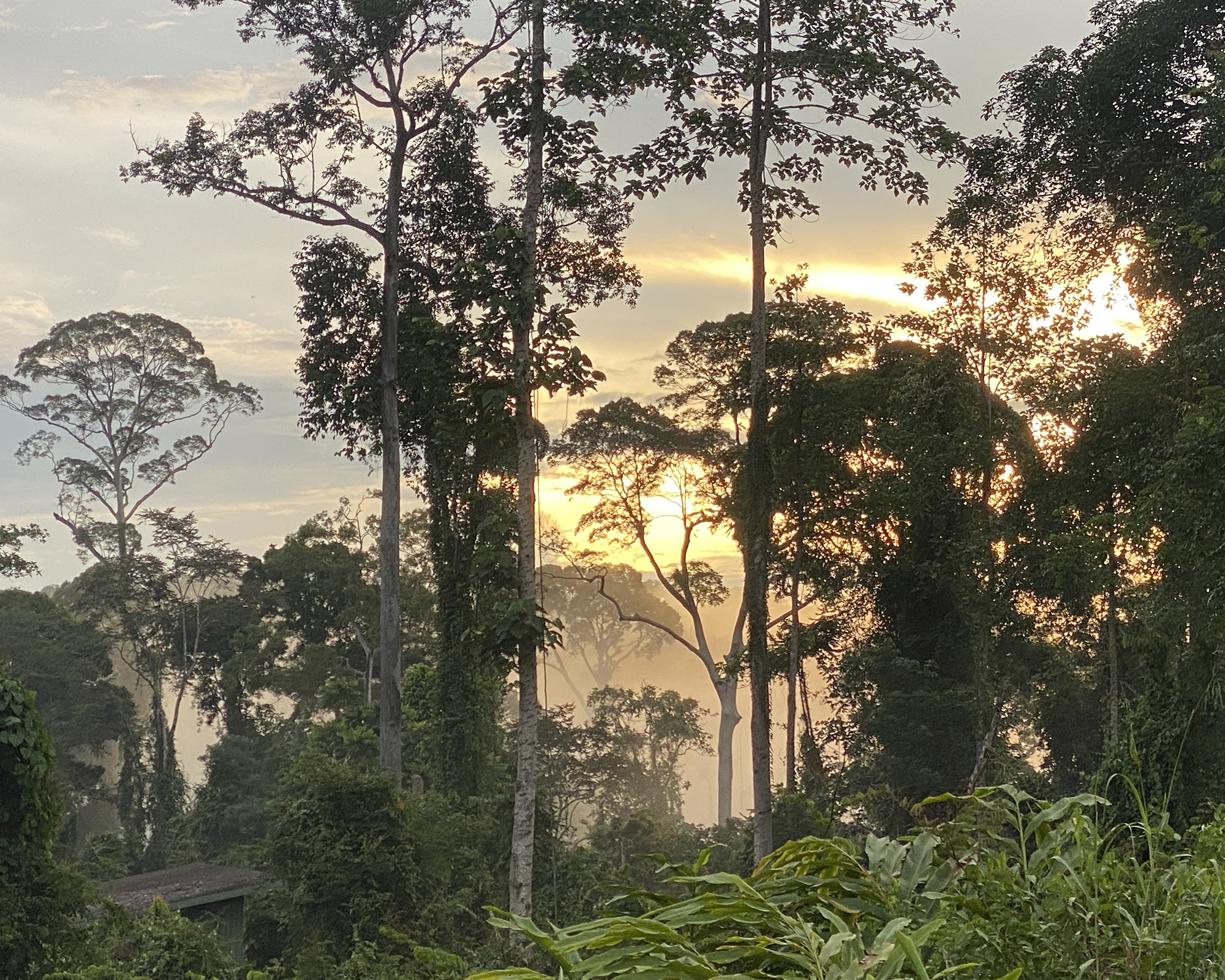
Climate change vs. land-use change
The two key factors influencing species distributions and population trends are landscape and climate change. However, the relative importance of these factors in the future is hotly debated and the interacting effects of climate and land-use are poorly understood. I use species distribution models, simulations, and knowledge about life-history characteristics to contribute new knowledge in this emerging field.
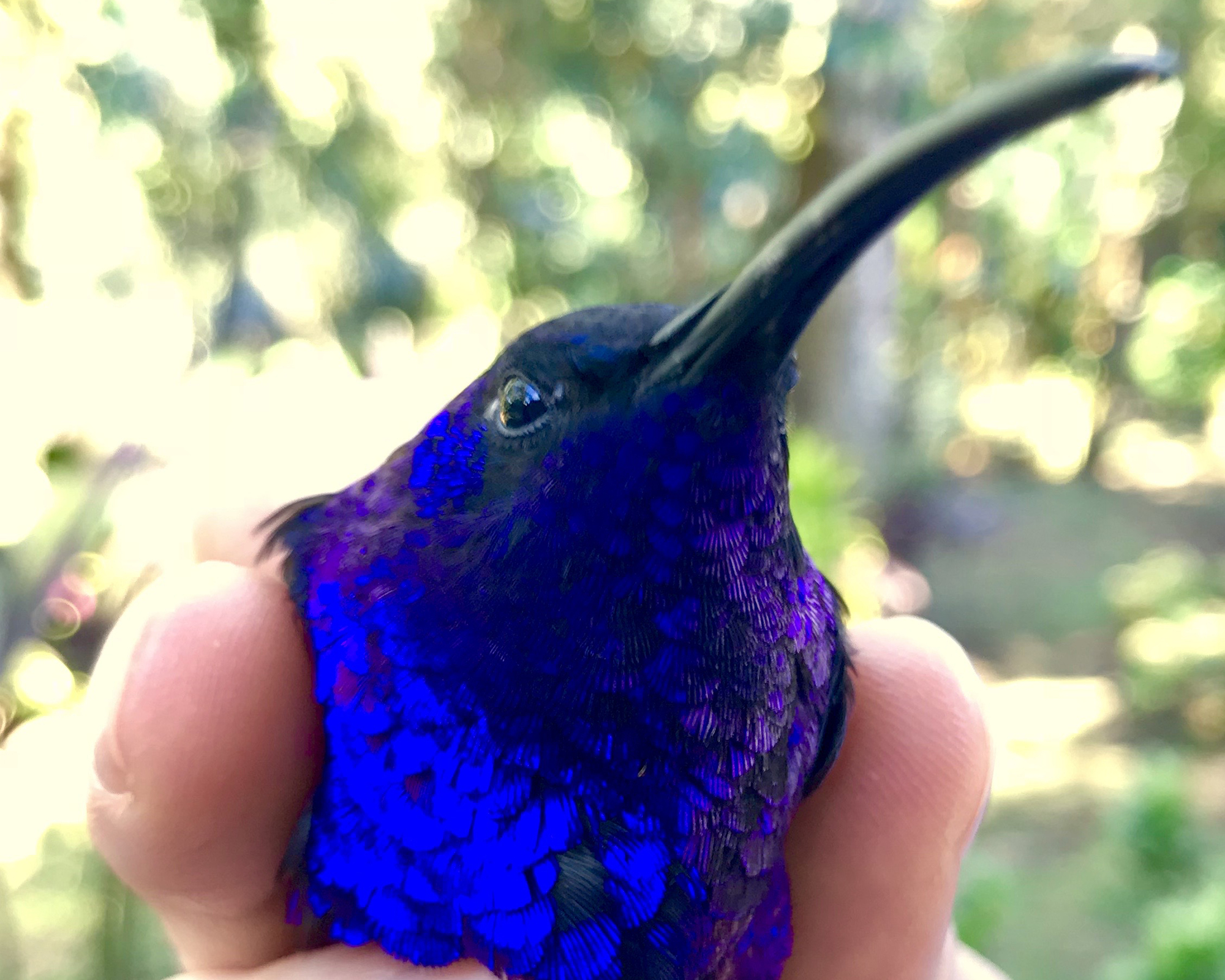
Consequences of species distributions for ecosystem function
Both habitat loss and fragmentation seem to influence movement and sometimes viability of animal populations. However, the broader ecological consequences of such influences are not well known. I conduct research on the potential cascading consequences of altered abundances and movement of animals on key ecological services such as pollination and seed dispersal. Currently most of this work is on hummingbird-plant interactions in the tropical country side around Las Cruces Biological Station, Costa Rica.
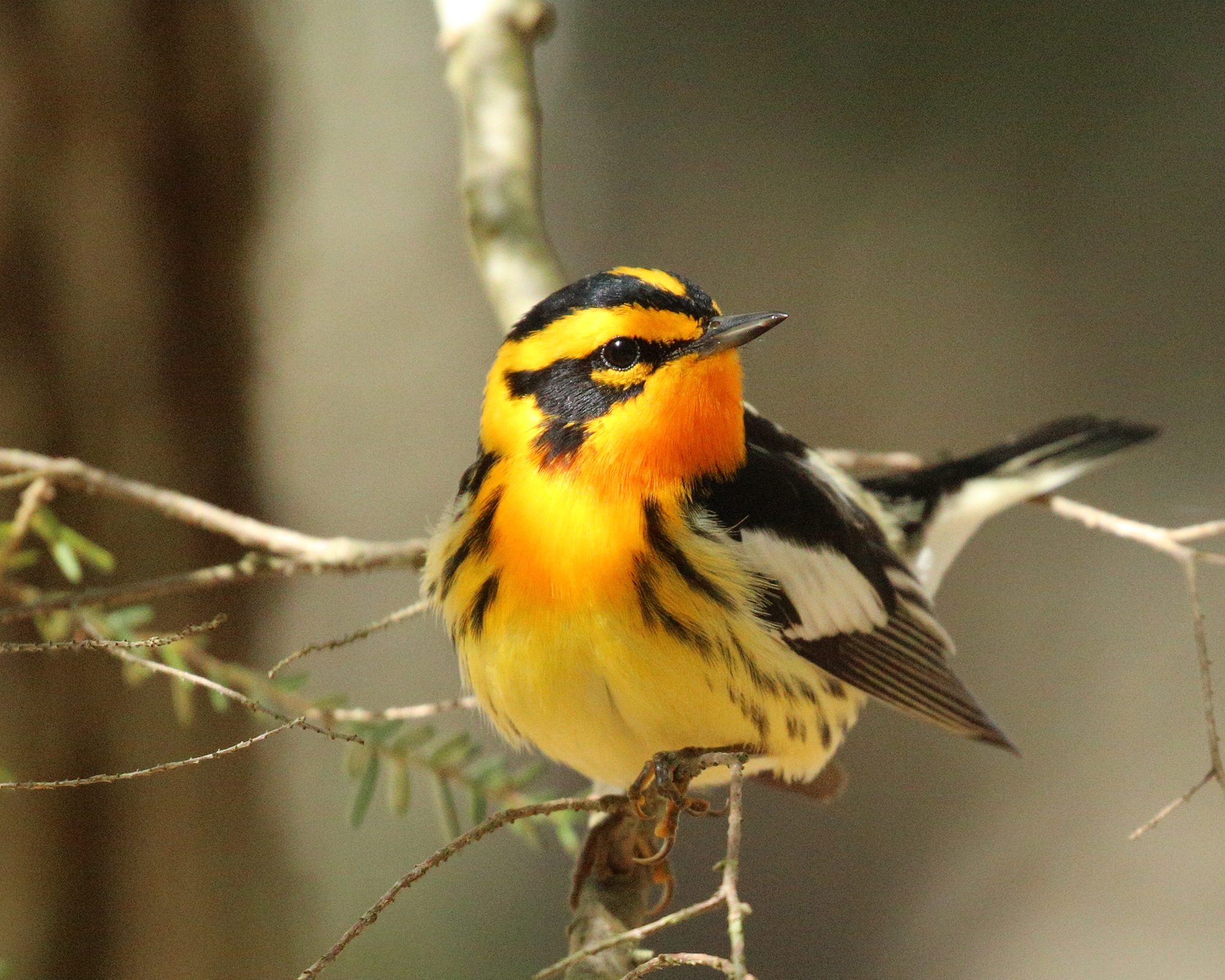
Social information use in habitat selection
Recent research has demonstrated that some organisms use 'social information' acquired from observing other individuals as cues in habitat selection. This behavior has potential consequences for speciation, regulation of animal populations and conservation, including a population's sensitivity to landscape fragmentation and other changing environmental conditions. I am interested in testing the generality of such behavior as well as the consequences for biodiversity conservation
